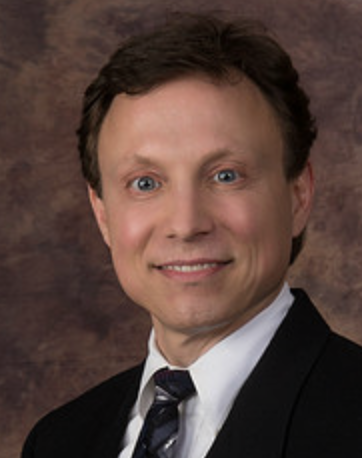Seborrheic Keratoses are benign, non-cancerous growths. Despite their non-worrying status, they can be quite unsightly. They are, however, easily removed by a variety of means.
Liquid Nitrogen (LN2)
For treatment of Seborrheic Keratoses. Nitrogen is frozen sub-zero, and then carefully sprayed onto pigmented spots. Depending on the amount and depth of the spray, this destroys the cells. If not all the cells are destroyed, the lesion may recur. If all the cells are destroyed, a lighter area may remain.
Retinoids
Work by exfoliating the dead skin cells, and by actually stimulating the collagen cells in the dermis. A retinoid can be irritating to the skin unless use is begun slowly. Begin with applying a small pea-sized amount, then dotting this on your skin, then gently rubbing it in. Initially use this every third night for several weeks; if no significant side effects (redness, peeling, itching, dryness) occur, then increase to every other night for several weeks. If your skin is tolerating this well, then increase to every night.
For some people with very sensitive skin, initially using a retinoid every third night can even be too much. If so, then use the retinoid every fourth or every fifth night, or even apply if for a few hours and then wash it off, until your skin builds up tolerance. Then gradually increase use as above.
As always, sunblock/ sunscreen use is recommended. It is especially important while using a retinoid as it increases sun sensitivity and the likelihood of sunburn.
Chemical Peels
CO2 laser resurfacing
This procedure must be scheduled on one of our laser days, as we bring in advanced laser technology on a periodic basis to our clinic. Laser resurfacing sequentially removes layers of the epidermis/dermis, and allows new skin to form. This procedure requires a period of prolonged healing. It can be very painful. The regenerated skin shows significant redness for at least one month and may persist up to 6 months, and must be protected carefully during the healing.
Schedule an appointment at our offices by calling 651-484-2724.
